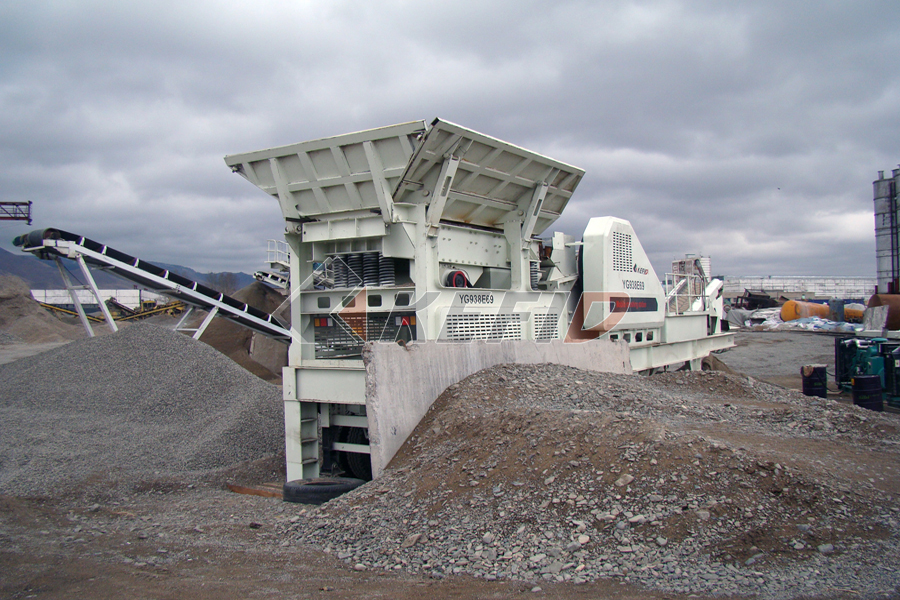mobile crushing rigs
# Mobile Crushing Rigs: Revolutionizing Aggregate Processing
## Introduction
Mobile crushing rigs have transformed the mining, construction, and recycling industries by providing flexible, efficient, and cost-effective solutions for processing raw materials on-site. Unlike traditional stationary crushers, mobile crushing rigs can be transported directly to the job site, reducing material handling costs and improving productivity. 
## Key Components of Mobile Crushing Rigs
A typical mobile crushing rig consists of:
1. Primary Crusher – Usually a jaw crusher or gyratory crusher that breaks down large rocks into smaller pieces.
2. Secondary Crusher – Often a cone crusher or impact crusher that further refines material size.
3. Screening Unit – Separates crushed material into different grades (e.g., fine aggregates, coarse aggregates).
4. Conveyor System – Transports processed materials between stages or into stockpiles.
5. Power Source – Diesel engines or electric motors provide mobility and operational efficiency.
6. Mobility System – Track-mounted or wheeled chassis allows easy relocation between sites.
## Advantages of Mobile Crushing Rigs
1. Portability & Flexibility
Mobile rigs eliminate the need for hauling raw materials to fixed plants, reducing transportation costs and environmental impact. They can be quickly moved between sites as needed.
2. Cost Efficiency
By processing materials directly at the source, companies save on logistics expenses and minimize waste generation through precise crushing and screening.
3. Versatility in Applications
These rigs are used in:
- Quarrying & mining operations
- Road & infrastructure construction projects
- Demolition waste recycling
- Aggregate production for concrete & asphalt
4. Reduced Environmental Footprint
Modern mobile crushers incorporate dust suppression systems and noise reduction technologies to comply with environmental regulations while improving sustainability through material recycling capabilities.
## Popular Types of Mobile Crushing Rigs .jpg)
1. Track-Mounted Crushers – Ideal for rough terrains due to their superior mobility and stability; commonly used in large-scale mining operations.
2. Wheel-Mounted Crushers – Better suited for urban construction sites where frequent relocation is required over paved surfaces.
3. Compact Crushers – Smaller units designed for tight spaces such as demolition sites or small quarries with limited access points but still delivering high efficiency rates despite their size
